How to Winterize Citrus Trees and Keep Them Safe From Frost Damage
Don't let the cold get the better of your citrus trees. Follow these tips to get them through the winter.
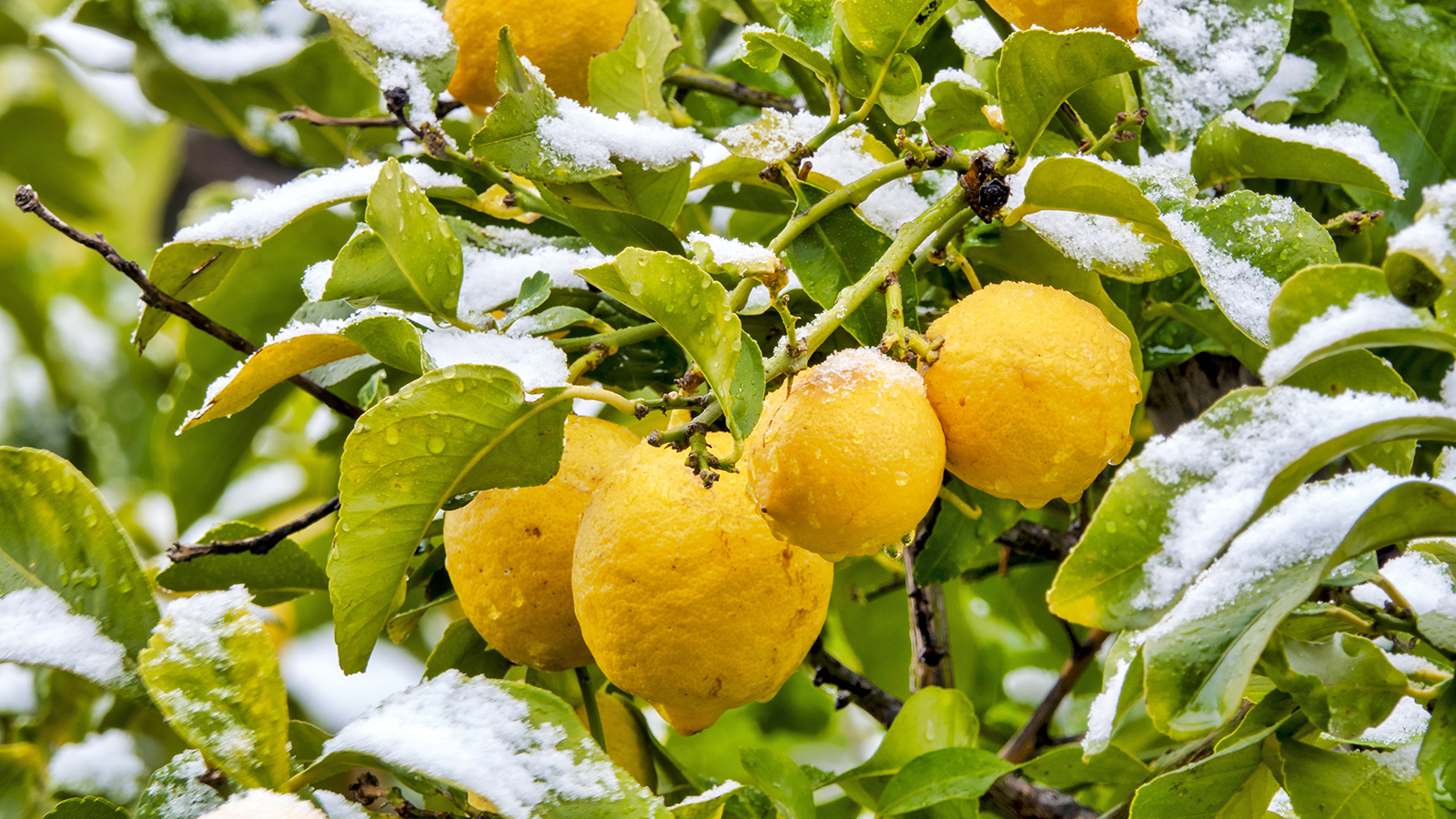

Winterize citrus trees to shield them from frost’s brutal hit. Cold snaps torch leaves and kill fruit fast. Nail your prep, and your grove pulls through tough. Where you grow matters, so your climate calls the shots.
Frost protection for citrus trees means making good decisions before it hits. Citrus trees need blankets, mulch, and dialed-back water to stand tall. Weak prep means scorched leaves or lost crops. Lock in these steps, and your trees breeze through winter’s chill.
How to Winterize Citrus Trees
Winterizing citrus trees increases tolerance against wind and cold. Healthy roots and leaves keep fruit rolling strong. Picking the right gear can help your grove to be set to thrive come spring.
1. Cover with Blankets
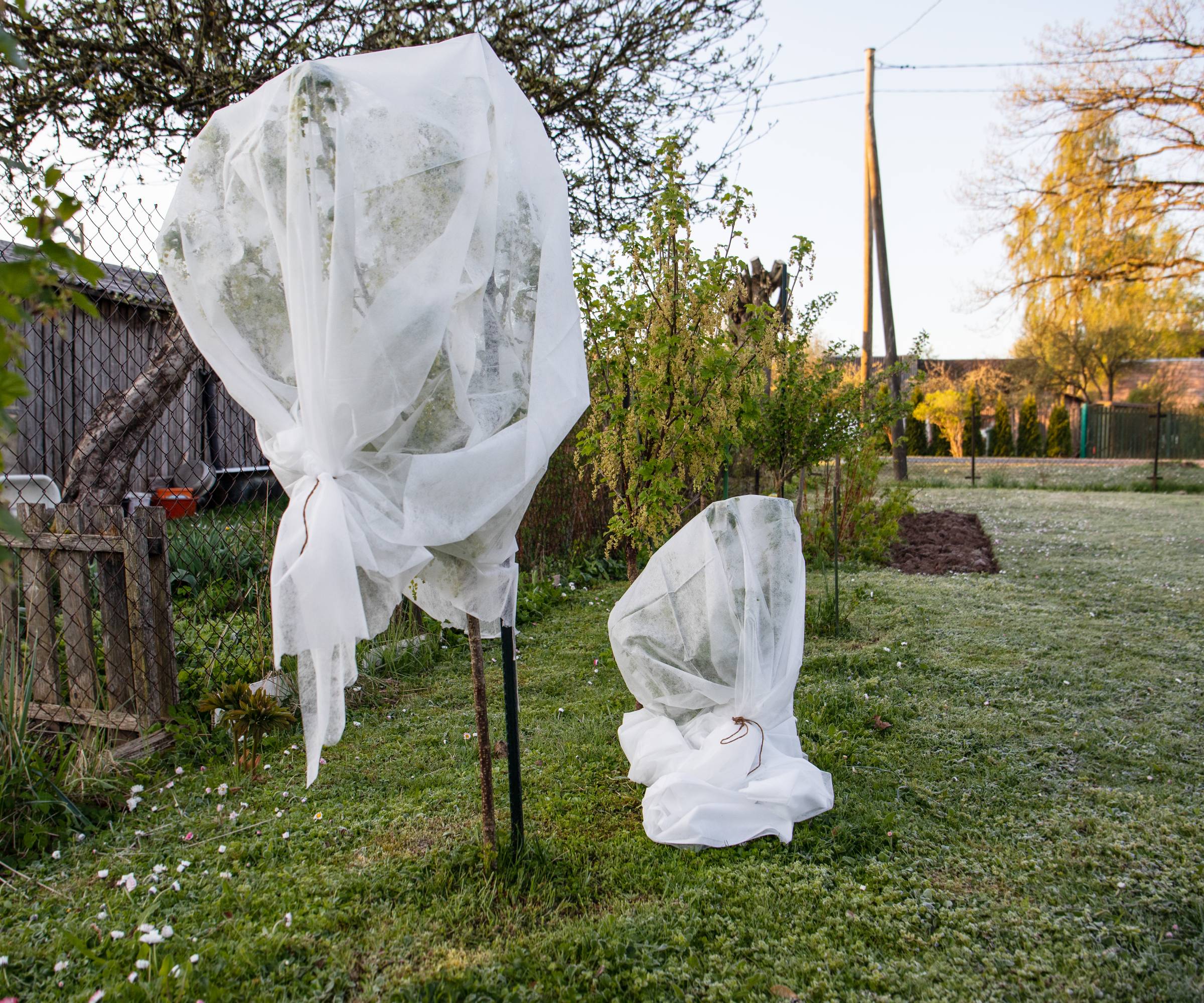
Frost can destroy citrus, but covers keep trees cozy. Wrapping trees is essential to block killer cold snaps, shielding both leaves and fruit. Covers trap heat and prevent frost damage – frost burns leaves and fruit, halting growth or even killing branches. Blankets or frost cloth hold soil warmth and protect tender parts. Without them, trees face cracked bark and dropped crops.
The best wrapping practices ensure good air circulation and prevent moisture buildup. Drape blankets loosely so wet air doesn’t trigger mold, and anchor them to the ground – not the branches – to allow proper airflow. DeWitt Frost Blankets from Amazon work well for citrus, offering reliable protection.
You’ll want to cover trees when temps drop below 32 F (0 C), typically from late fall into early winter. Pull blankets off during warm days to avoid overheating. Watch forecasts closely and stay ahead of the frost.
2. Spray with Anti-Desiccants
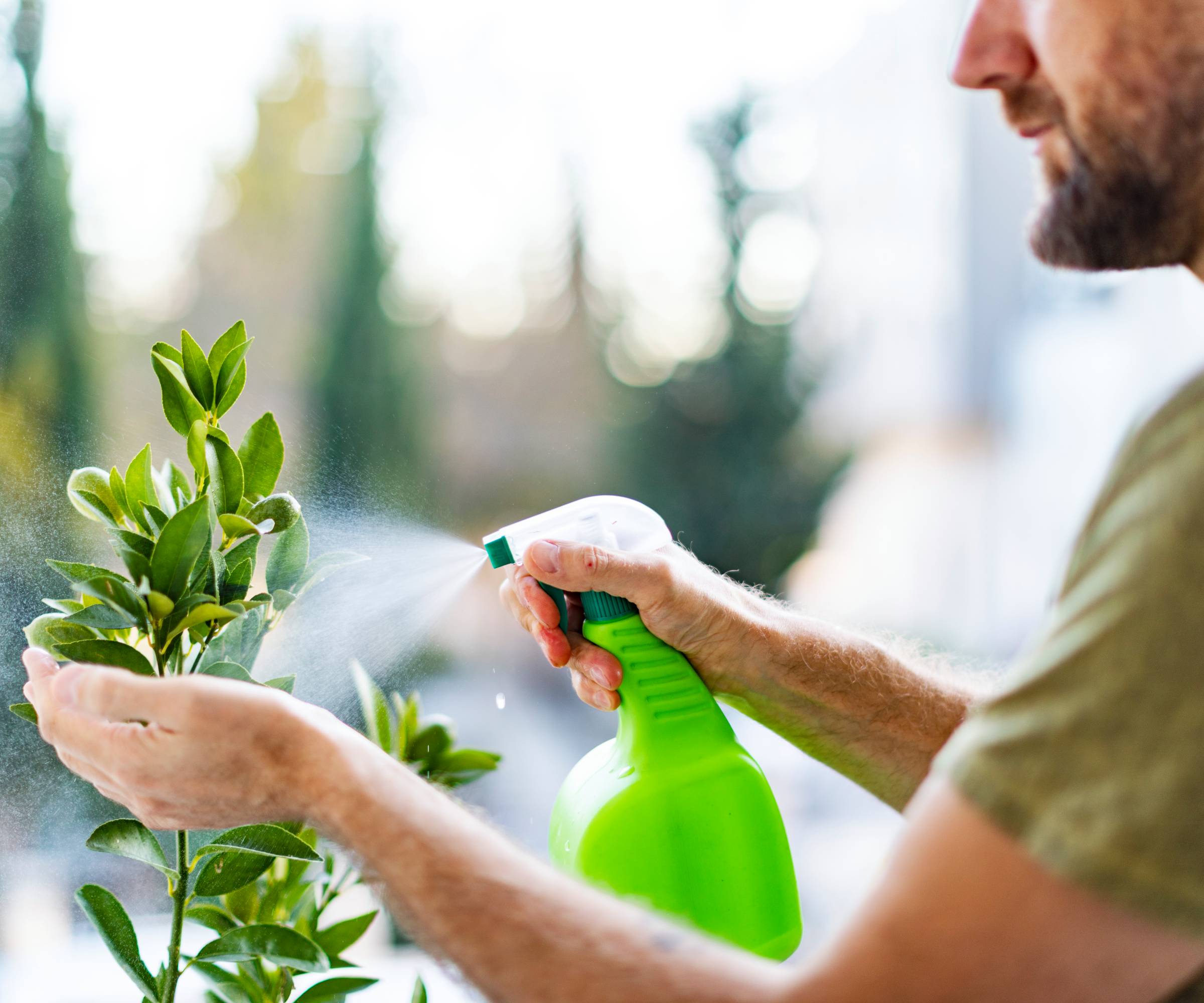
Dry winter air sucks the life from citrus leaves, leaving them brittle. Anti-desiccant sprays seal in moisture and help keep foliage strong to save your grove.
Sign up for the Gardening Know How newsletter today and receive a free copy of our e-book "How to Grow Delicious Tomatoes".
Cold, dry winter air can dehydrate leaves fast. Harsh winds and low humidity weaken the tree, but anti-desiccant sprays coat foliage to slow water loss. Without this protection, leaves curl or drop, compromising tree strength.
Apply sprays in late fall, before freezing temps hit, and coat both sides of the leaves for maximum defense. Wilt-Pruf Anti-Desiccant from Amazon works well for citrus, locking in hydration during the driest months. Apply in November before the first frost, and reapply monthly if winter stays dry. Skip spraying during rain so the coating can stick properly.
3. Mulch Around the Base
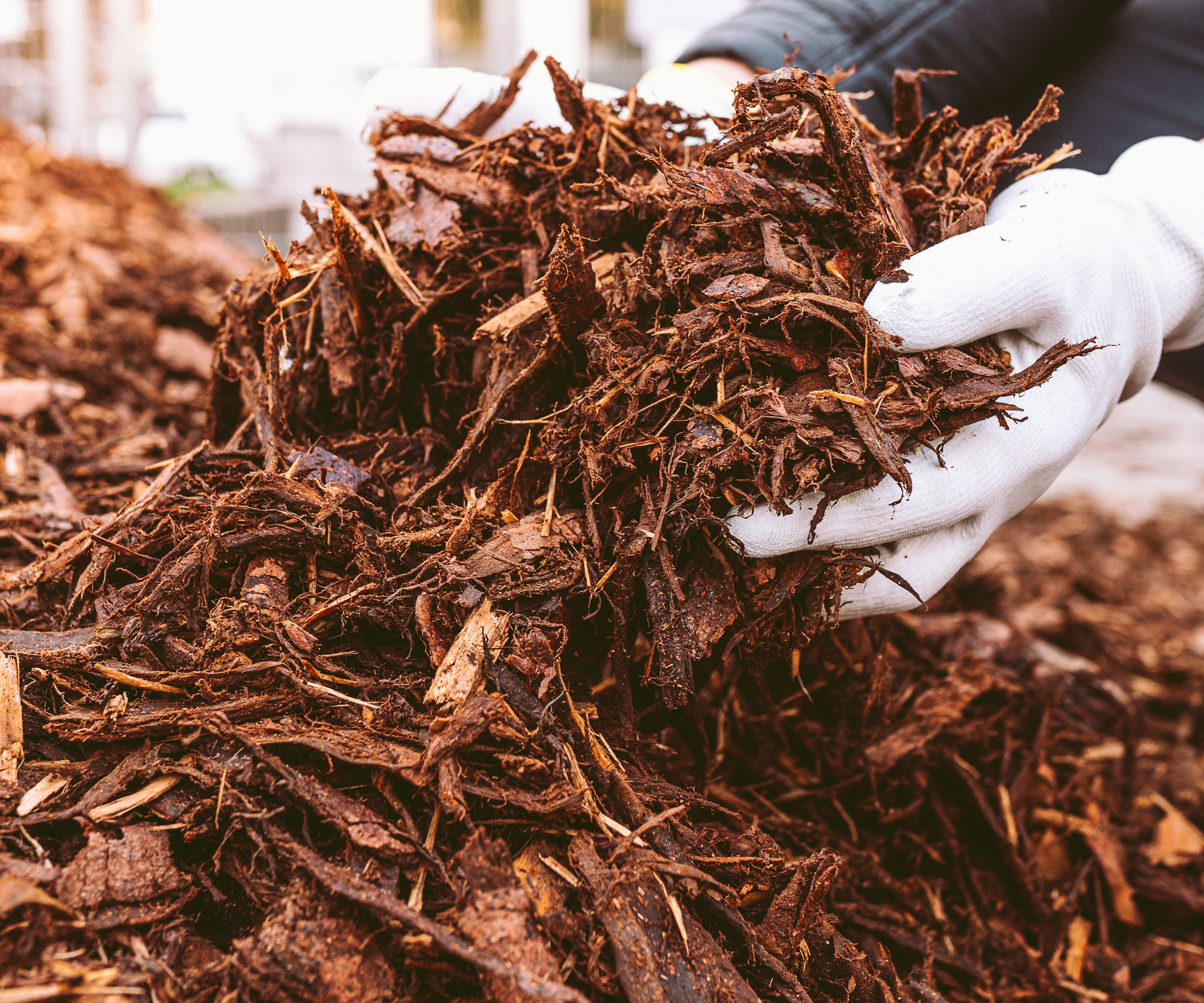
Cold soil hammers citrus roots, but mulch helps keep them steady. Frost protection for citrus trees depends on warm, stable soil.
Mulching holds warmth and moisture in the soil, protecting roots from stress and death caused by freezing conditions. Without mulch, fruit output can crash in spring. Spread wood chips or straw 3 to 4 inches (7.5-10 cm) deep and about 2 feet (0.6 m) wide around the base of the tree. Keep mulch about 6 inches (15 cm) away from the trunk to prevent rot. Back to the Roots Wood Mulch from Amazon is a solid choice for citrus.
Apply mulch after watering, typically around November, and top it up if it thins out. Thick layers lock in warmth and keep roots happy.
4. Use Heat Sources
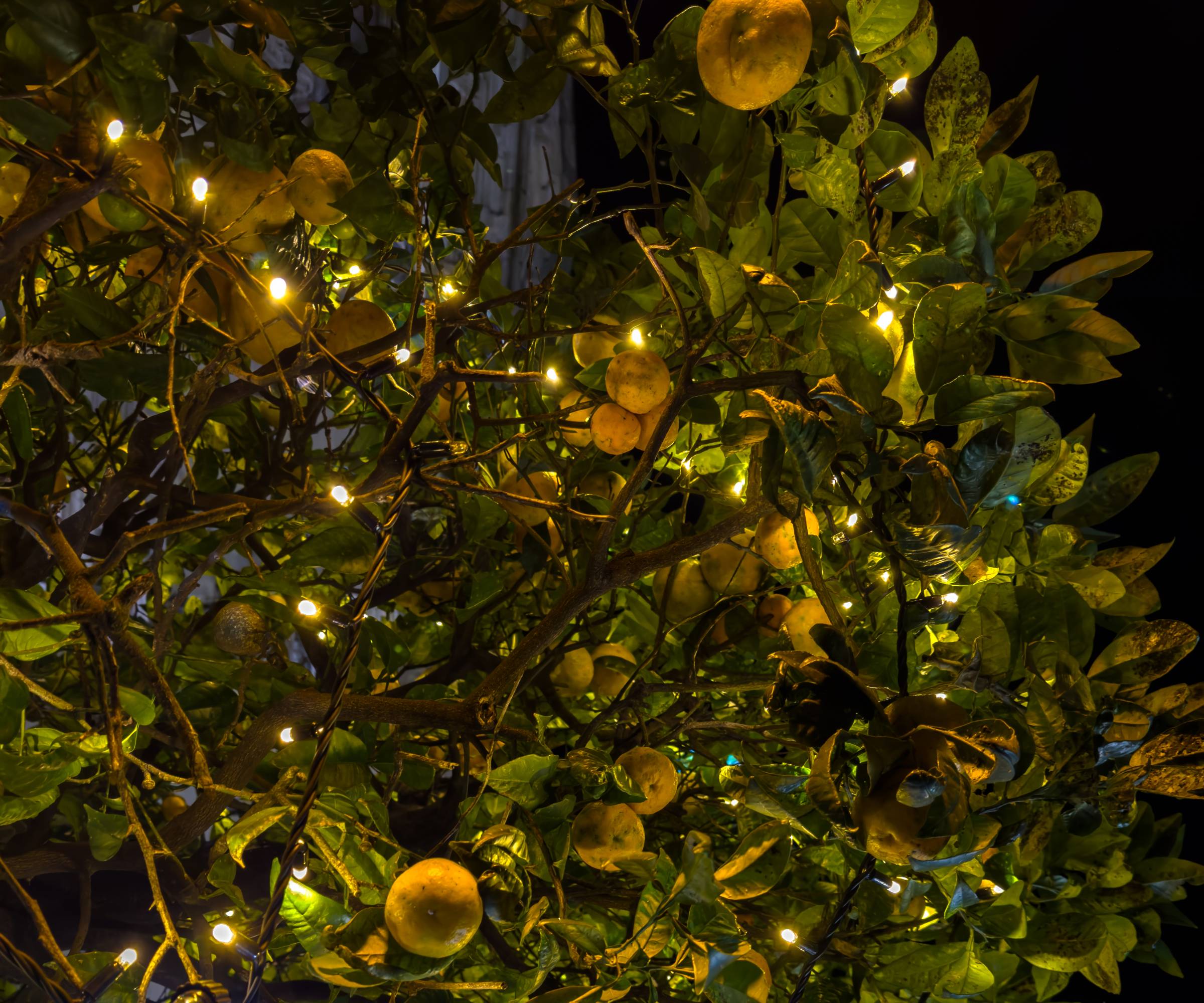
When severe cold hits, heat sources can save your citrus trees from frost. Gentle warmth keeps fruit alive and helps your grove stay productive.
Options like portable heaters, heat lamps, or string lights provide extra warmth. When temperatures fall below 28 F (-2 C), buds and fruit are at risk. Heaters or lights raise air temperatures just enough to block frost damage. Without added heat, severe cold can torch your harvest.
Set portable heaters or string lights under the canopy, avoiding direct contact with the tree. Frost King Electric Heat cables from Amazon are great for small groves. Keep cords dry and always check for fire risks.
Use heat protection when forecasts show temps below 28 F (-2 C), usually from December to February. Turn off the heat during warmer days to save energy and reduce stress on the trees.
5. Move Potted Trees Indoors
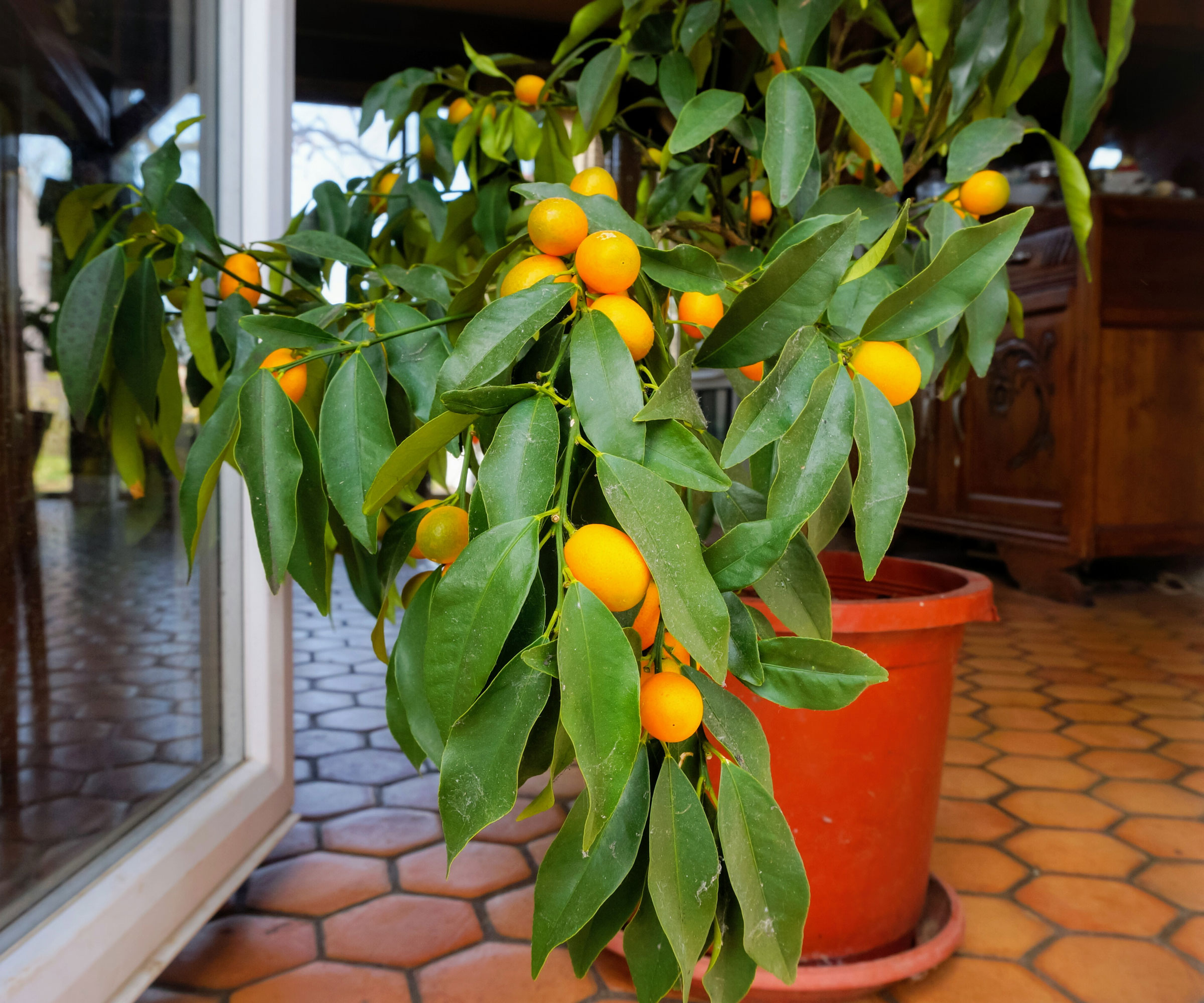
Potted citrus trees are a little trickier in winter. Moving them indoors or to sheltered spots helps them avoid frost’s bite.
Cold temperatures hit potted roots hard, putting them at risk for freeze damage. Relocating pots indoors or to covered areas helps trees stay warm and keeps fruit safe. Without protection, potted trees can decline fast.
Choose indoor spots with plenty of light and adequate humidity. Place pots near sunny windows or under grow lights. My own citrus trees sit under the Spider Farmer SF4000 that I got from Amazon, and I keep humidity around 50-60%. Misting the leaves helps boost moisture.
Transition plants indoors gradually over a week, bringing them in for a few hours a day. This helps prevent stress and keeps leaves from wilting. Sudden moves can shock the tree.
6. Water and Fertilize Less
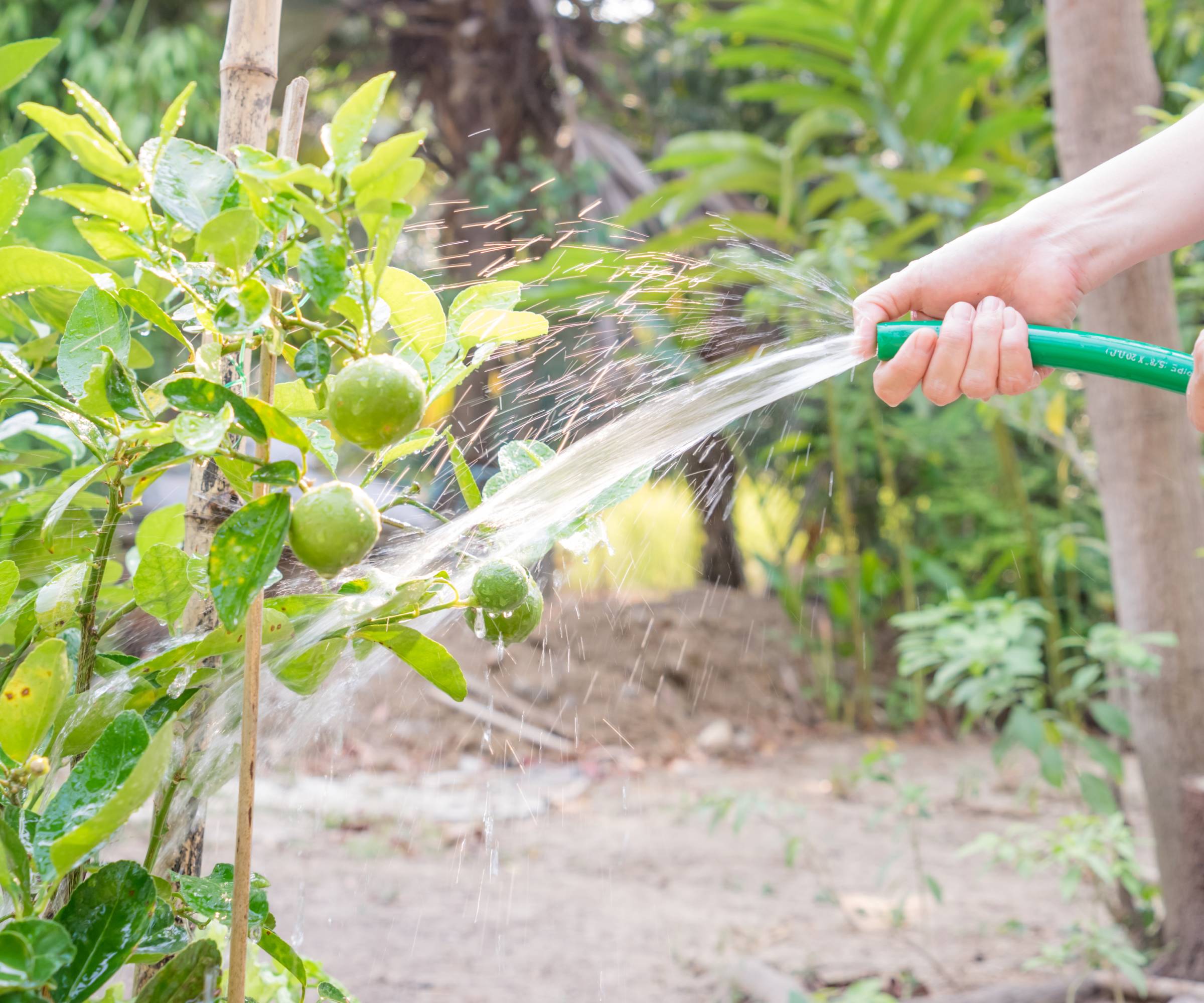
Winter changes how you water and feed your citrus trees. Cutting back avoids rot while keeping the soil just moist enough to keep your grove healthy.
Too much water in winter can rot roots, and feeding can trigger weak growth that freezes easily. Dialing things back helps trees stay dormant and strong. Water every 2-3 weeks, checking the soil first. Stop fertilizing by late fall – around October. A 4-in-1 meter, like this from Amazon, can help you monitor moisture.
Cut watering and stop fertilizing before the cold really hits. Check the soil weekly to ensure it stays barely moist. That balance keeps trees healthy without encouraging tender growth that won’t survive frost.
Extra Tips
Winterizing citrus trees takes sharp eyes and timely action. Spotting damage early and protecting trees from wind can save your crop.
Inspect your trees regularly for signs of freeze damage or pest problems. Look for wilted or browned leaves, and act quickly to prune or treat as needed. If branches are damaged or dead, wait until spring to prune – after the last frost. Fiskars Pruning Shears from Amazon are a reliable tool for this job. Pruning too early can trigger vulnerable new growth.
Set up windbreaks or temporary barriers to shield trees from harsh winds. Use burlap or wooden screens to block gusts.

Tyler’s passion began with indoor gardening and deepened as he studied plant-fungi interactions in controlled settings. With a microbiology background focused on fungi, he’s spent over a decade solving tough and intricate gardening problems. After spinal injuries and brain surgery, Tyler’s approach to gardening changed. It became less about the hobby and more about recovery and adapting to physical limits. His growing success shows that disability doesn’t have to stop you from your goals.